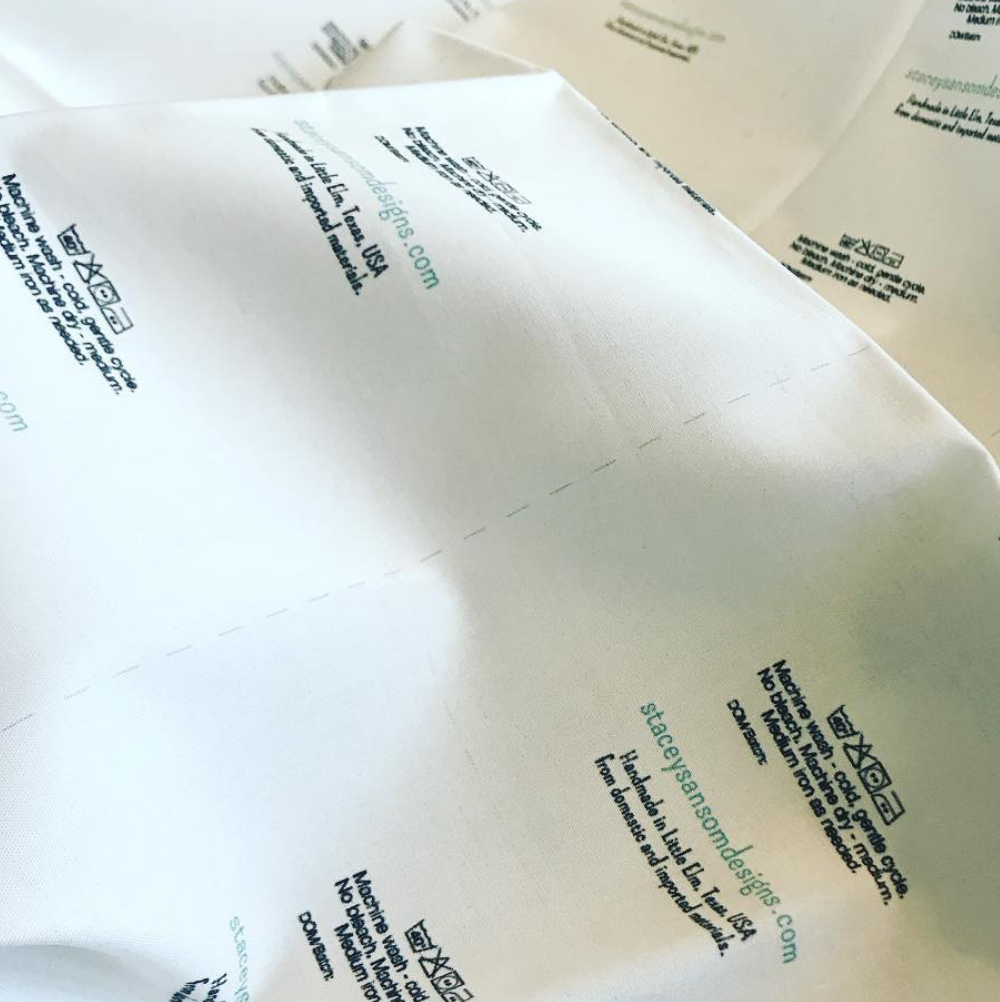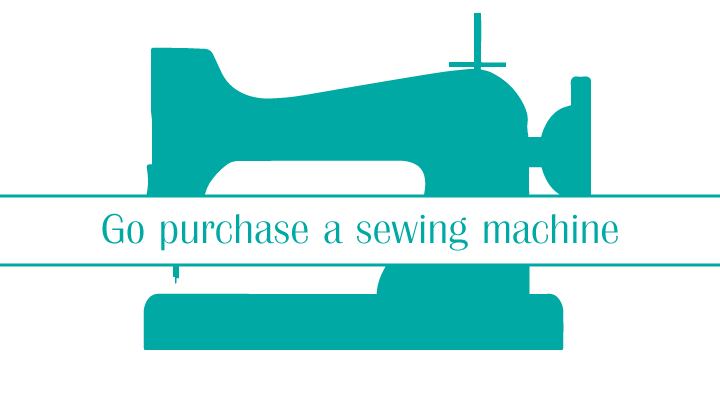
I have been asked multiple times why I am putting labels on my products. Namely, care labels and brand labels. There is the quick and easy answer to this inquiry – labels are required.
However, I don’t think that simple response clearly states exactly why I am making the effort to go above and beyond what is expected of an at home small business. I am going to address those answers here.
- I am producing physical products that consumers will purchase.
- I am registered in the USA as a Small Batch Manufacturer.
- Its the law somewhere.
- It is largely about safety.
What is commerce?
Let me address each one. In the USA, the definition of commerce is:
“…an interchange of goods or commodities, especially on a large scale between different countries (foreign commerce) or between different parts of the same country (domestic commerce) trade; business.” [Dictionary.com | www.dictionary.com/browse/commerce ]
Small Batch Manufacturing
Why CPSIA?
” The CPSIA defines the term “children’s product” and generally requires that children’s products:
- Comply with all applicable children’s product safety rules;
- Be tested for compliance by a CPSC-accepted accredited laboratory, unless subject to an exception;
- Have a written Children’s Product Certificate that provides evidence of the product’s compliance; and
- Have permanent tracking information affixed to the product and its packaging where practicable.
The CPSIA also requires domestic manufacturers or importers of non-children’s products to issue a General Certificate of Conformity (GCC). These GCC’s apply to products subject to a consumer product safety rule or any similar CPSC rule, ban, standard or regulation enforced by the Commission.”
[Consumer Product Safety Commission | https://www.cpsc.gov/Regulations-Laws–Standards/Statutes/The-Consumer-Product-Safety-Improvement-Act ]
As stated above, as a domestic manufacturer – essentially someone that works as a small batch manufacturer – must also meet certain guidelines and regulations for non-children’s products as well. As a result of this, I am required to create the aforementioned General Certificate of Conformity (GCC) for all my products establishing that they are safe for general consumers. This certificate as well as any required for children’s products are part of my long-term records.
Accountability for Products
One of the most important parts of the whole exercise in my opinion is the fact that there is accountability for your products. You have to be able to provide necessary information IF your product ends up being recalled for any reason. The tracking information goes on a permanently attached label on all consumer products. In my case, it is in the form of both a batch number and a date of manufacture. With the information that will be found on each product, I should be able to look up in my records what exactly is included in each product, when it was manufactured, and where it was manufactured. If necessary, I will be able to issue a single product recall if necessary.
So the CPSIA is a law that requires me to put certain labels and tracking information on all products that I sell. This varies widely by what product it is. Some require stricter label content than others. I have chosen to use the most universal information on all my “care labels.”
Labels required on all “bedding” products
In addition to the typical care label, I manufacture quilts and pillow shams. As such, I am manufacturing bedding products. These require on a state by state basis certain things. Some states require “law labels” or those white labels that we all love to hate on. Some states require registration in their state in order to sell bedding products within their state boundaries. Once my law labels arrive, I will be registered in one state – Oklahoma – and will be able to sell in ALL BUT 13 states in the USA.
Why not register in the State of Texas? I am fortunate to live in a state (Texas) that does not require registration to sell bedding products. Texas does require law labels be present on bedding products, but does not require registration to sell in the state. Due to the fact that I am roughly 30-40 miles from the Oklahoma state border, I felt it was the best investment as 30-40 miles is still considered a relatively local distance. Unfortunately, if you live in the State of California, you will never be able to purchase my products in your state. At least not any time in the foreseeable future. The registration fees in California alone are outrageous when keeping in mind that I will manufacture/sell no more than 7500 units of any one given item. Realistically, I cannot manufacturer a fraction of that when it comes to quilt creation. The return on investment in my opinion is not worth it. You’re going to have to visit a state in which you can purchase said items.
Consequences/Risks
What happens if I don’t do it? Well on a day to day basis – right now – probably nothing. The question became one of whether or not I was willing to take the chance? What is the penalty of not falling the labeling and safety rules, regulations, etc? Well frankly it is more than I am willing to risk my livelihood on. It can vary, but it is roughly $100,000. That is a lot of money in a penalty. It is a very large risk to not do something as simple as putting a few labels on products and keeping overly detailed records on each product I sell. The risk does not outweigh the menial amount of work that is now required of me to be a totally legit company with totally legit products.
Purchase products from Stacey Sansom Designs
Labels help make certain that all products provided by Stacey Sansom Designs are as safe as possible. Your risks as a consumer are reduced with the proper labeling. Even if a problem does arise (and they can for any product), you can rest assured that the information for tracking the contents of your products is in place.
Be sure to shop small, but check to make sure your small shops are following all laws that help make you safe.
Shop here: Stacey Sansom Designs Shop



